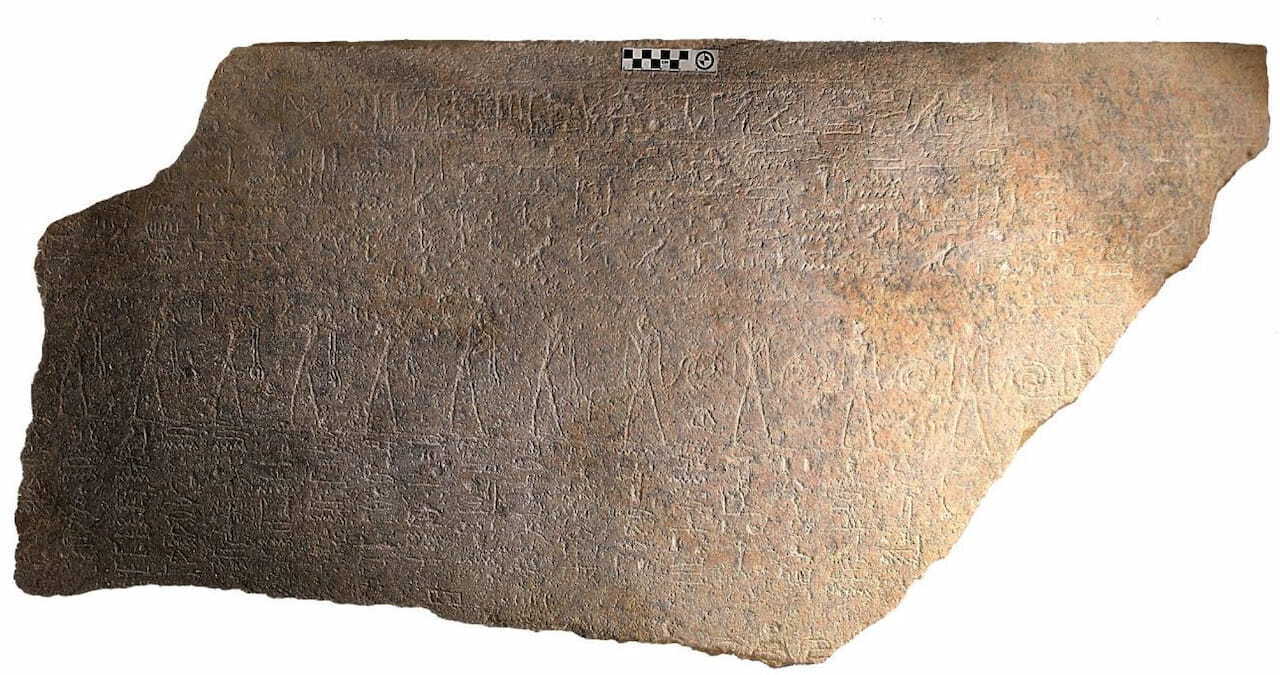News
3000 years after his death. Scientists have found the long-lost sarcophagus of the most powerful pharaoh of Ancient Egypt
Archaeologists have re-examined a mysterious granite tomb found under the floor of a religious center in east-central Egypt. As a result, it was found that the sarcophagus fragment once belonged to Ramses II, one of the most famous ancient Egyptian pharaohs.
The discovery was made possible by the study of a fragment of this sarcophagus by Frederic Pairaud, a professor and researcher of Egyptology at the Sorbonne University. The scientist made this discovery while studying a large fragment of a granite sarcophagus found in 2009 in a Coptic building in Abydos, an ancient city in east-central Egypt, the scientific journal La Brújula Verde writes.
The decoration and texts of this sarcophagus showed that it was used twice, the second time by the high priest of the XXI Dynasty Menkheperre (about 1000 BC). Its first owner, however, remained a mystery, although the quality of the object indicated that it belonged to a very high-ranking person in the Egyptian New Kingdom. By studying the newly engraved hieroglyphic texts, Frédéric Pyro was able to establish that they contained a cartouche by Ramses II himself.
Ramses II was the third ruler of the 19th Dynasty of Ancient Egypt and reigned from 1279 to 1213 BC. He is known for expanding the Egyptian empire to the territory of modern-day Syria and for his building projects, including the expansion of the Karnak Temple.
In 1881, Ramses II's mummy and coffin were found in a "secret" hiding place at Deir el-Bahar, a temple complex outside Luxor that contained the remains of 50 other members of the nobility, including his father, according to the Egyptian Museum. According to the American Research Center in Egypt, his highly decorated coffin is considered "one of the most striking coffins in ancient Egypt."
Before Ramses II was placed in the sarcophagus, he was buried in a now-lost golden coffin and moved to an alabaster sarcophagus that archaeologists found destroyed in his tomb. It was later moved to a granite sarcophagus that Menkheperre moved to Abydos to use for himself.
"This discovery is new evidence that at that time the Valley of the Kings was not only the subject of looting but also the reuse of funerary objects by subsequent rulers," the study participants commented.
Only verified information is available on the OBOZ.UA Telegram channel and Viber. Do not fall for fakes!




























